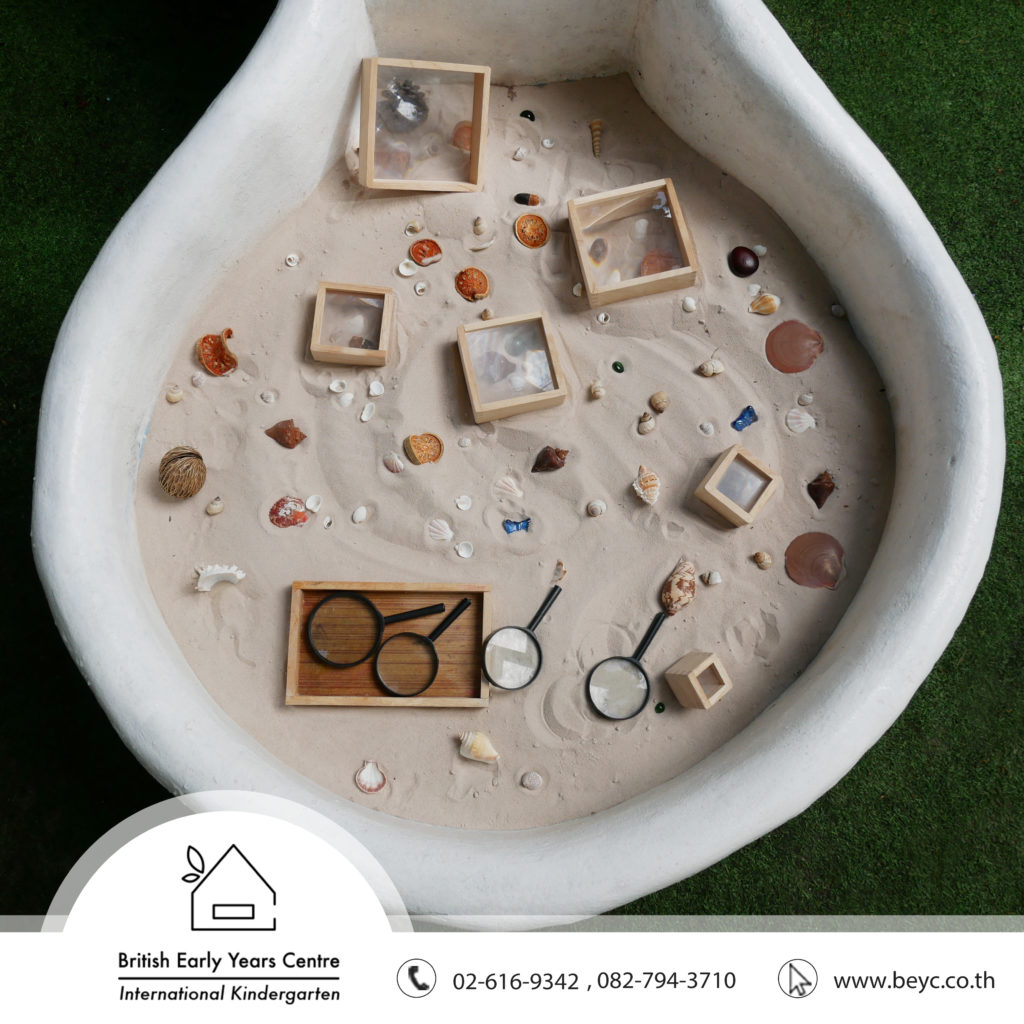The Importance of Small World Play

For those that do not know, ‘Small world’ play is imaginary play where models of real settings are used by the children. Animals, vehicles, dolls and mini-beasts are all examples of small world paraphernalia.
Small world play scenes with figures, objects, scenery and sometimes a sensory element enrich play and stimulate imaginative, creative and linguistic development. Settings are usually constructed to allow children to explore the environment and develop language around a class topic at school or replicate the setting of a favourite story. Dolls houses, wooden trains and lego are typical toy sets of this type of play that one might expect to find at home. In school and early years settings small world areas are often created either by the teacher or with the help of the class.
This type of play allows children so many possibilities for development that I want to briefly focus on how it may be used to encourage the development across the early year curriculum.
In fact it is such an important factor in early childhood development, that no early years setting worth its salt would not include small world play opportunities for the children.
In the absence of actual toys we all know children are able to use whatever they can find around the house to allow their imaginations to run wild. In an early years setting however, we, as educators need provide play situations and environments that encourage and enable children to develop their skills.
Communication Language and Literacy:
The key issue here is vocalising what they are doing. Children will generally have a preference for one toy or set of toys and will play with these at every opportunity. New vocabulary in this situation is therefore rather limited. Adult interaction and guidance during this play allows for good modelling of language but it is really the provision of different small wold settings and environments that allow vocabulary acquisition to blossom.
If a topic based curriculum is being followed, the small world area should change or adapt for each new topic. From dinosaurs to mini beasts, construction vehicles to environment, practitioners should make the effort to create as realistic a setting as possible for the children. The small world can be discussed with the children, new vocabulary introduced and language modelled correctly. And with any play scenario there hold be a balance of both child and adult initiated play. Whilst adults can guide and develop language, child initiated play really build on their imagination.
One constant in terms of language use during this type of play is language of position, possession and sequencing. As the children grow older small world play can also be linked to books and stories they read at school or at home. Sequencing activities enable them to verbally reenact the events using the models. This is the perfect precursor to a writing activity.
Problem Solving, Reasoning and Numeracy
Whether filling containers of varying sizes in the water tray, catching and ordering fish, ordering dinosaurs by size in the sand pit or counting legs on mini-beasts using a magnifying glass, the opportunities for children to develop key early maths and problem solving skills through independent small world play are numerous. As adults guide children they are again able to develop mathematical language such as that used for comparisons, positions, ordering, sorting by size, shape and colour.
Knowledge and Understanding of the world
As a teacher designing a new small world setting, one of the most enjoyable aspects for me is to create a ‘world’ as close to the real thing as possible. This often requires the collection and use of natural objects. Sand, stones, pebbles, plants, twigs etc. Through small worlds, children are able to investigate natural habitats, learn about the different environments that animals and insects live in. Of course imitation bugs and beasts will be used but the more accurate a replication of the real environment, the better.
Personal Social and Emotional Development
Aside from sharing and learning to play alongside other children, which of course are extremely important elements of social and emotional development in the early years, small world play really lends itself to teaching children to care for others. A well equipped dolls house is simply ideal in this situation. Household equipment, furniture, coshes and bedding provide an excellent replication of a real household environment. Playing independently children will take on the various personas of the dolls and reenact the characteristics of each member of the family. This is a great opportunity for adults to play alongside children and guide them. Modelling good manners, using polite language and showing good etiquette is very important for children to see. They may not at first but they will try it out and use it independently. Keeping a tidy dolls house and treating all the dolls as if they are living are very important. This makes these elements of classroom and home life easier to enforce. As a teacher I have often played out a scenario within the dolls house that replicates a problem that occurred in the classroom. When there are arguments or tears, the dolls house is always an option to replay the events as they happened and ask the children what we could do to prevent it from occurring again.
Physical Development
Motor skills are a big factor in developing a small world setting. For younger children the settings need to be designed in a way that they wont be destroyed in their very first use. The materials used need to be strong and the pieces, models, and animals need to be large enough to be manipulated. With older children smaller, more delicate and intricate objects are more suitable.
Creative Development
Designing a small world setting together with the class or as a parent with a child is an important aspect that not only gives them more ownership over the are but it is also a fantastic way to encourage their creativity. Anything from materials needed to the colour of the paints to be used. This can be really fun and as adults it is important for us to let go a little and whilst the setting may not end up looking as good as perhaps it could have, it will to the children.
British Early Years Centre is an International Kindergarten School in Bangkok. For more information please take a look at our website here…


